We might be trying to drink less, but our impulse towards moderation hasn’t hit booze sales.
Exclusive research for The Grocer has revealed that almost half of all UK adults are trying to moderate their alcohol consumption: 49.2% said they wanted to cut back [source: Harris Interactive].
This is part of our Alcohol Report 2014.
Yet volume sales of alcohol in the UK are up 1.3%, helping value sales climb 3.3% to £11.6bn [Kantar Worldpanel 52 w/e 20 July 2014].
And it’s not no- or low-alcohol drinks driving sales. According to Harris Interactive just 8.4% of us are turning to lighter options in a bid to quench our thirst: 5.4% of those surveyed said they were opting for low-alcohol drinks, while 3% went for non-alcoholic beer or wine.
It seems the preferred way of keeping a lid on booze intake is to drink on fewer occasions in the week (for 28.9% of those surveyed); 22.4% said they would have fewer serves per session; and 8.7% said they opted for smaller serving sizes.
As a result low-alcohol wine has become the worst performing sector of the wine market, yet at the same time lager and cider brands including Fosters and Kopparberg are successfully launching lower and alcohol-free extensions, boosting value and volume sales in both markets.
With continuing calls for moderation looming over the industry, what can wine and spirits players learn from lower alcohol beer and cider brands and just how much growth is there left in the so-called ‘moderation’ market?
Low-alcohol beers and ciders in growth

“We’re seeing a growth in lower-abv beers and ciders, which is now worth £55m, growing at 22%, or £10m, over the last year,” says Martin Porter, managing director for off-trade at Heineken, which has added two new low-alcohol variants to both its Foster’s Radler and Bulmers brands in the past year.
Alcohol-free Radler 0% and Radler lime & ginger with an abv of 2% hit the shelves in March and Heineken says the range is now worth £4m in the off-trade, helping value sales for the Foster’s brand as a whole rise 1.7%, on volumes up 6% [IRI 52 w/e 19 July 2014].
Bulmers five-fruit harvest, an ‘easy-drinking’ cider made with apple, pear, plum quince and grape, and Indian summer cider, made with apples, ginger and cardamom, both with abvs of 2.8%, launched the same month to target 18 to 34-year-old midweek drinkers.
“Moderation ciders and beers could grow to become a £300m opportunity within 10 years, accounting for 5% of the total UK beer and cider market,” predicts Heineken’s Porter. “The moderation segment will only continue to grow.”
The segment is certainly growing for Kopparberg. The cider brand is number seven in the top 10 fastest growing booze brands with value sales up 22.8% on volumes up 19.5% [IRI], thanks to double-digit growth of its alcohol-free fruit cider range.

“Our alcohol-free range has seen fantastic growth this year, up 22.5% in value terms,” says Rob Calder, head of marketing at Kopparberg. Currently available in mixed fruit and pear flavours, the company has added to the range with a strawberry & lime variant, which launches in 660 Tesco stores nationwide this month.
But unlike Heineken and Kopparberg, lower- or no-alcohol variants haven’t helped Carlsberg’s sales. The brand launched 2.8% abv Carlsberg Citrus in February, a year after the launch of Carlsberg Zest, also with an abv of 2.8%, and despite a TV push, sampling and print advertising value sales for the brand as a whole are down 4.6%, on volumes down 3% [IRI].
Of course the lower-abv market has been attractive to brewers since a change in duty rates two years ago, which made beers at 2.8% abv or lower charged 50% less tax, encouraging a string of new launches.
“Following successive duty rate cuts and two good summers consumers are favouring beer over other alcohol, and the rise of lighter, more refreshing beers is widening beer’s appeal,” says Matthew Deane, head of category and market insight at Molson Coors , which this summer offered Coors Light shoppers the chance to win tickets to gigs at its London and Manchester Ice Bars.
Can low-alcohol wines woo shoppers?
But while the moderation segment might only continue to grow for beers and ciders, the future’s not so bright for low-alcohol wines.
Sales of wines at 5.5% abv or lower have fallen 5.6% to £36.8m over the past two years, with volume sales down 11% [Nielsen 104 w/e 21 June 2014].
Market leader First Cape says the performance is the result of the market reaching its apex, and the brand has ‘cut its cloth accordingly’ by reducing the number of its low-alcohol SKUs from 22 to six after sales of its low-alcohol range fell 58% to £5.7m earlier this year [Nielsen 52 w/e 26 April 2014].

The decline in the market – and a poll which revealed 64% of its drinkers would buy a lower-alcohol version of the brand - prompted Halewood International to relaunch Lambrini Light as Luci by Lambrini with a lower abv of 3.5% and just 29 calories per 125ml glass in February.
“With a lower abv and a third of the calories Luci satisfies both consumer tastes for less alcohol and less calories whilst maintaining the same taste as Lambrini Original,” says Michelle Raworth, brand manager for Lambrini.
Whether it can maintain – and boost – volume sales of the brand remains to be seen: although value sales of Lambrini are up 4.2% thanks to a 4.7% rise in average price, volume sales slipped 0.5% [IRI].
Consumer tastes for fruitier flavours won Arniston Bay its first supermarket listing for one of its lighter-style Infusions wines in July, following launch in September 2013. The 5.5% abv mango, peach and passion fruit flavour hit the shelves of 292 Tesco stores nationwide.
And after launching its 5.5% abv Summer Rose in February E&J Gallo targeted 100,000 shoppers with a sampling campaign in major UK cities fronted by brand ambassadors including Hollyoaks actress Jennifer Metcalfe and Strictly Come Dancing star Ola Jordan.
While the current performance of lower-abv drinks across the market as a whole may vary, shoppers’ quest to live healthier lifestyles – and reduce their alcohol consumption – is unlikely to fluctuate as the importance of moderation continues to make headlines.
“This movement seems unlikely to lose momentum, helping to place products such as Carling Zest at the tip of what could be a big iceberg,” says Molson Coors’ Deane.
This is part of our Alcohol Report 2014.
In association with



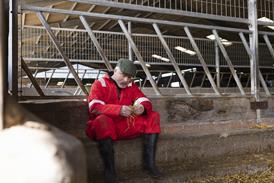


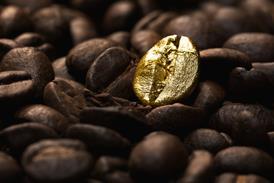

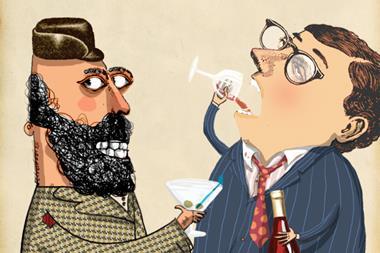
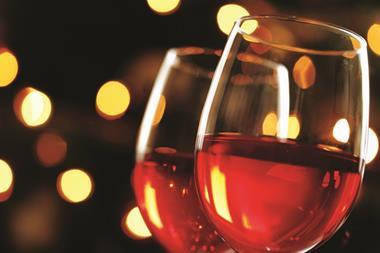
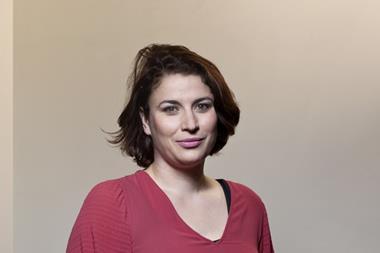
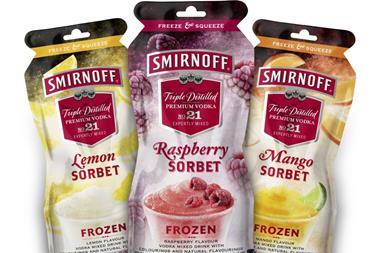
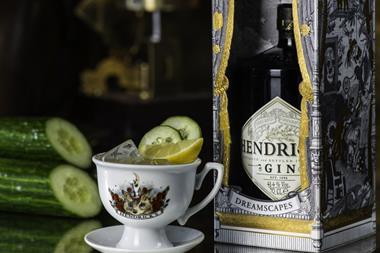
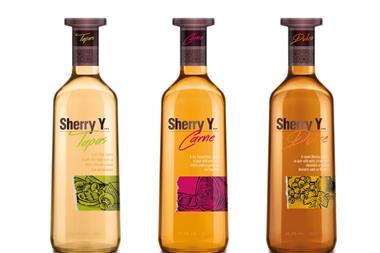


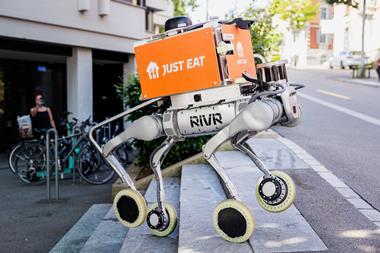



No comments yet